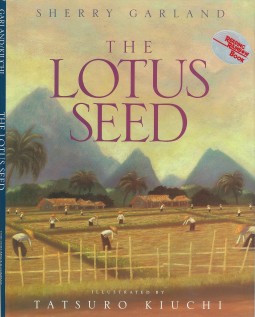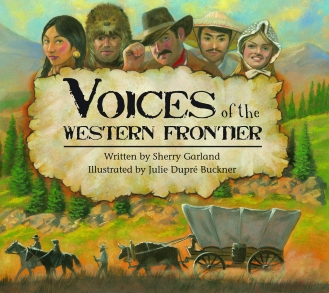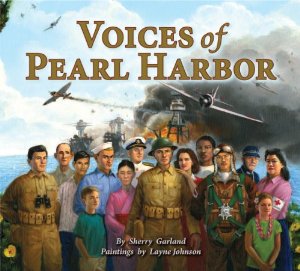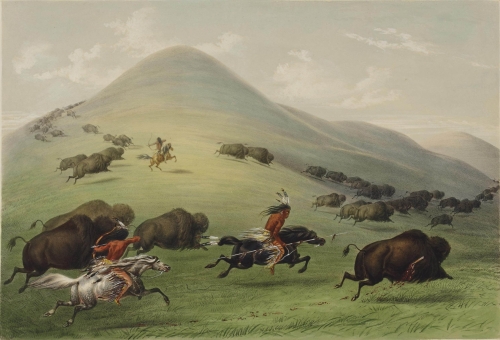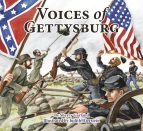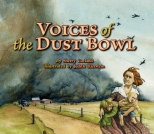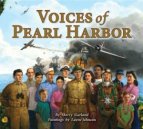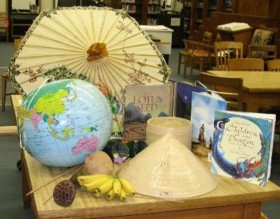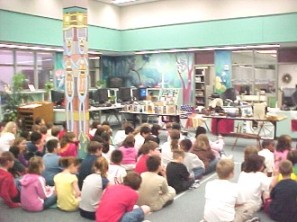
A welcome banner
School Visits – Part III
copyright 2013 by Sherry Garland
Once you have agreed to do an author visit (either by phone, letter, or e-mail), now it’s time to work on the “technical” aspects of the project.
The most important next step is to get the agreement in writing to avoid any misunderstandings. Send the school a contract right away.
►CONTRACT or CONFIRMATION LETTER should include the follow basic info:
1) Date of school visit
2) Number of presentations per day and the title of the presentations
3) Grade levels of the audience and approximate size
4) Honorarium fee
4) Travel arrangements (specify number of nights in hotel; mileage costs if you are driving)
5) Provision for meals
6) Your address, phone & fax, e-mail address
7) A Form W-9 that includes your Social Security number (or Federal ID #)
8) Total amount due and when payment is due (usually on day of visit)
Your contract can be long and complicated, covering every little possible thing that may go wrong, or it can be very simple. My contract is only one page, but I also include a cover letter and additional information about the programs, the set-up, equipment needed and other “techinical aspects.” of the visit.
Send two signed copies of your contract plus SASE so the school can easily return a signed copy. If the school has its own contract or any other kinds of paperwork, request that these be taken care of well before the day of the school visit. Read the school’s contract carefully. If there is a clause that says they own the rights to your presentation, strike that clause.
►THINGS TO REQUEST FROM THE SCHOOL:
1) Request to approve the final schedule (don’t forget to include set-up time and breaks!!!)
2) Request telephone numbers of contact (both at school and home)
3) Request information regarding selling of books and autographing
4) Request that students prepare by becoming familiar with author’s work
5) Request accurate directions to school (if you are driving) & where to park
6) Request that someone meet you at the door & show you to the speaking location
►THINGS AUTHOR SHOULD PROVIDE
1) List of special equipment needs – AV, chairs, tables, easels, blackboards, microphones
2) Promotional kit with recent photo, bio, copies of reviews, etc.
3) List of author’s books, ISBN #s, publisher’s addresses & phone numbers.
4) Some authors provide a reproducible autographed sheet so librarian can make book marks for students.
5) List of special food requirements
6) Home and cell phone numbers
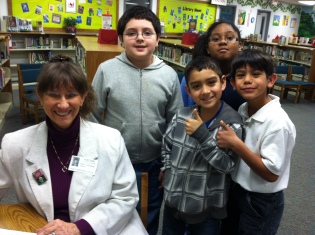
Signing books
►SELLING AND AUTOGRAPHING OF YOUR BOOKS
One of the greatest things about an author visit is the signing of books. Typically, an author does not charge a fee for autographing done in conjunction with a school visit. But do request that the librarian has included time for autographing in the schedule. You should not have to stay until 5 PM autographing books sold at the last-minute. The librarian should provide a sturdy table for signing, preferably in a quiet area of the library.
Here are the three main ways that book sales are handled at an author visit:
1) Librarian orders books from publisher or book jobber. Librarian sends a list home with students who bring their money to school and buy books before your arrival. Each book will have a slip of paper inside with the child’s name and desired inscription. Sometimes there is a cut-off date and no books will be sold on the day of the author visit. When you arrive at the school, you autograph the books throughout the day during your various breaks (or in your hotel room). You do not meet the students. Signed books are distributed later.
2) Same as above, only students wait in line for the author to autograph the purchased books. Sometimes the librarian allows students to purchase books on the day of the author’s visit. With this method, the librarian may set aside an hour for just autographing. This method is more exciting to the students, or for authors who like to meet their audience, but it is hectic and it takes more time.
3) Author provides books. With methods 1 & 2 above, you do not have to worry about any money transactions yourself. It is all handled by the librarian or PTO. However, if you are providing your own books you will probably have to do some money-handling. You can ask the librarian to pre-sell them or you can have students buy them directly from you on the day of your visit. Such sales transactions can become tricky because of state sales taxes and because of the possibility of checks bouncing. Either way, the librarian will need to know the titles & prices of your books. You will need to know the number of copies to bring.
►FOLLOW UP AFTER SCHOOL VISIT
Donate one of your books to the school library as a gesture of appreciation. Mail a thank you note. If you are in another state, you may want to give the librarian a small souvenir of your home state. Also, thank any library assistant or parent who helped a lot. If they are students, an autographed card or bookmark is usually appreciated. Promptly answer fan letters from students or teachers. If you feel it was an especially good school visit, ask the librarian to give a quote than can be used on future promotional materials.
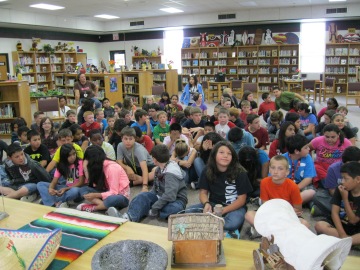
Waiting for the program to start
►EXAMPLE OF A GREAT SCHOOL VISIT
1. School contacts author at least three months in advance.
2. Author mails contract within a week. Author also sends a list of books, promotional materials, photograph
3. School returns the signed copy of contract, plus any required paperwork
4. Librarian notifies teachers of author visit
5. Teachers assign author’s book or at least read parts of it to the students
6. Students do projects related to the author visit – banners, posters, artwork
7. Librarian orders books to be sold well in advance
8. School makes arrangements for hotel and pays in advance
9. Librarian and teachers make displays related to author’s books. Students put out a welcome banner
10. Librarian decides eating arrangements ahead of time
11. If you are driving, librarian sends you accurate, easy to follow directions
12. Librarian sends letter to parents with price list for books
13. Custodians are informed of what needs to be done; AV equipment is located
14. Teachers explain the etiquette of being a good listener to students
15. Students bring money for books. Order slips with desired inscriptions are placed inside books. An autographing area is designated.
16. Author arrives in town. Hotel room is reserved and paid for. It is clean and quiet.
17. Author arrives at school on time (either picked up or driving)
18. Author is greeted by librarian or assistants. Students help author carry in materials, if need be. The speaking area is clean and available.
19. Speaking room has the equipment, tables, etc. that author requested
20. Author sets up table and tests equipment – everything works!!!
21. Librarian provides the author with beverage and shows her the wash room
22. Students and teachers assemble on time in an orderly manner.
23. Librarian makes a brief introduction of 1-2 minutes.
24. Author presents an appealing program that keeps students interested
25. Students pay attention. They do not talk, shout out of turn, fight, pass notes, punch each other, throw things, or make inappropriate comments. Any student misbehaving is removed from the room unobtrusively. Teachers do not interrupt the program to yell at students.
26. Teachers pay attention. They do not talk among themselves, grade papers, or fall asleep. They keep a watchful eye on trouble-makers.
27. No parent or teacher stands in the aisle videotaping author presentation (still shots are usually okay)
28. Students ask pertinent questions, not personal ones like “how old are you?
29. Students do not swarm author afterwards asking for autographs on hands, shirts, casts, or bits of paper. Students, parents, teachers do not thrust a manuscript into author’s hands and ask for a critique
30. If author is taken out to lunch, party returns in plenty of time for next program
31. Time is allowed between each presentation for author to catch her breath, use restroom, get a drink, etc.
32. Autographing is smooth and orderly
33. Author is paid in full before she leaves
34. Everyone is happy.
There are many other kinds of speaking engagements, for example, giving a speech at a conference, at a public library, or at a writer’s conference. Fees vary, but the basic rules still apply. Good luck and happy visiting!!
 I am starting this post today (January 31) to save the spot. Will add to it later when I have more time.
I am starting this post today (January 31) to save the spot. Will add to it later when I have more time.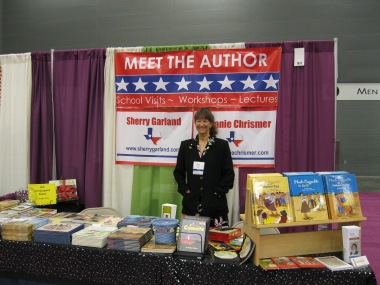 husband paid for the fee as a gift. I can truly say this conference changed my life. I had been writing a mega “family saga” historical novel and hadn’t a clue how to sell it. I asked questions and spoke to editors and agents without having any notion of how totally awful the questions were. I cringe when I think of them now.
husband paid for the fee as a gift. I can truly say this conference changed my life. I had been writing a mega “family saga” historical novel and hadn’t a clue how to sell it. I asked questions and spoke to editors and agents without having any notion of how totally awful the questions were. I cringe when I think of them now.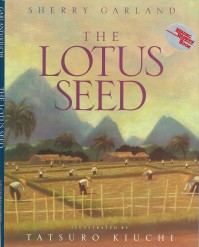 n, about other cultures. I.E., they are “appropriating” someone else’s culture. It’s the notion that if an author writes about a culture different from his or her own, that person has “taken” something away from authors in that culture.
n, about other cultures. I.E., they are “appropriating” someone else’s culture. It’s the notion that if an author writes about a culture different from his or her own, that person has “taken” something away from authors in that culture.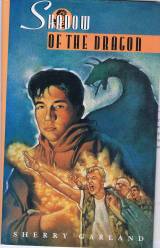 I was fortunate that several of my books won national awards and were used in classrooms across the country, especially in California and Texas. One of my books, Shadow of the Dragon, was used in many ESL classes that contained adult Vietnamese refugees. Many adult Vietnamese sent me letters saying that Danny Vo’s story was so real it seemed to be about their own family. Students in Houston told me the grocery store or the music shop described belonged to their uncle or cousin or parents (they were all fictitious stores based on places I had been). In fact, I know about and identify more with the Vietnamese in that book than the white racist skin-heads in the book. It took me three years to research and write Song of the Buffalo Boy (set in Vietnam) and I would not have been able to do it without the help and input of the Vietnamese community.
I was fortunate that several of my books won national awards and were used in classrooms across the country, especially in California and Texas. One of my books, Shadow of the Dragon, was used in many ESL classes that contained adult Vietnamese refugees. Many adult Vietnamese sent me letters saying that Danny Vo’s story was so real it seemed to be about their own family. Students in Houston told me the grocery store or the music shop described belonged to their uncle or cousin or parents (they were all fictitious stores based on places I had been). In fact, I know about and identify more with the Vietnamese in that book than the white racist skin-heads in the book. It took me three years to research and write Song of the Buffalo Boy (set in Vietnam) and I would not have been able to do it without the help and input of the Vietnamese community.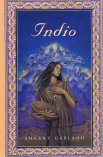

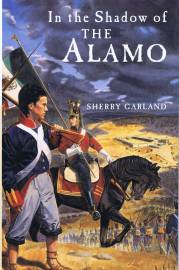 I also wrote In the Shadow of the Alamo, the story of a 16-year-old Mexican boy conscripted into General Santa Anna’s Army. The Mexican side of the Texas Revolution was virtually non-existent in children’s literature. The book won an International Teacher’s Award and was sold at the Alamo. Tejano boys love this book. They are amazed and proud to see a book that makes a Mexican soldier a hero, rather than an enemy. Again, I wrote this book because I wanted students to know the whole story. I wrote it because I appreciate Mexican culture.
I also wrote In the Shadow of the Alamo, the story of a 16-year-old Mexican boy conscripted into General Santa Anna’s Army. The Mexican side of the Texas Revolution was virtually non-existent in children’s literature. The book won an International Teacher’s Award and was sold at the Alamo. Tejano boys love this book. They are amazed and proud to see a book that makes a Mexican soldier a hero, rather than an enemy. Again, I wrote this book because I wanted students to know the whole story. I wrote it because I appreciate Mexican culture.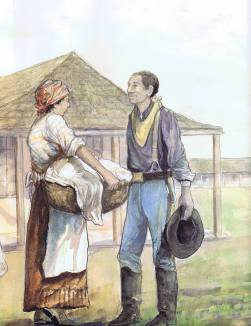 in movies or on TV shows about the West. So after much research and visits to several forts, The Buffalo Soldier was born. It was released in 2004 with gorgeous illustrations by Ronald Himler. The book received wonderful reviews and several honors.
in movies or on TV shows about the West. So after much research and visits to several forts, The Buffalo Soldier was born. It was released in 2004 with gorgeous illustrations by Ronald Himler. The book received wonderful reviews and several honors.
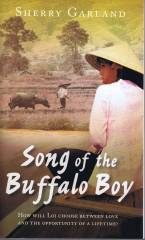 cters, and everything else, it never sold. Hundreds of hours; zero income. And that YA novel I worked on for two years and never sold. Or that drawer full of unsold picture books and MG novels?” I’m not a slow writer, but I do a lot of research. Song of the Buffalo Boy (right) took three years to research, but I used that research for several other books, so it was worthwhile.
cters, and everything else, it never sold. Hundreds of hours; zero income. And that YA novel I worked on for two years and never sold. Or that drawer full of unsold picture books and MG novels?” I’m not a slow writer, but I do a lot of research. Song of the Buffalo Boy (right) took three years to research, but I used that research for several other books, so it was worthwhile.